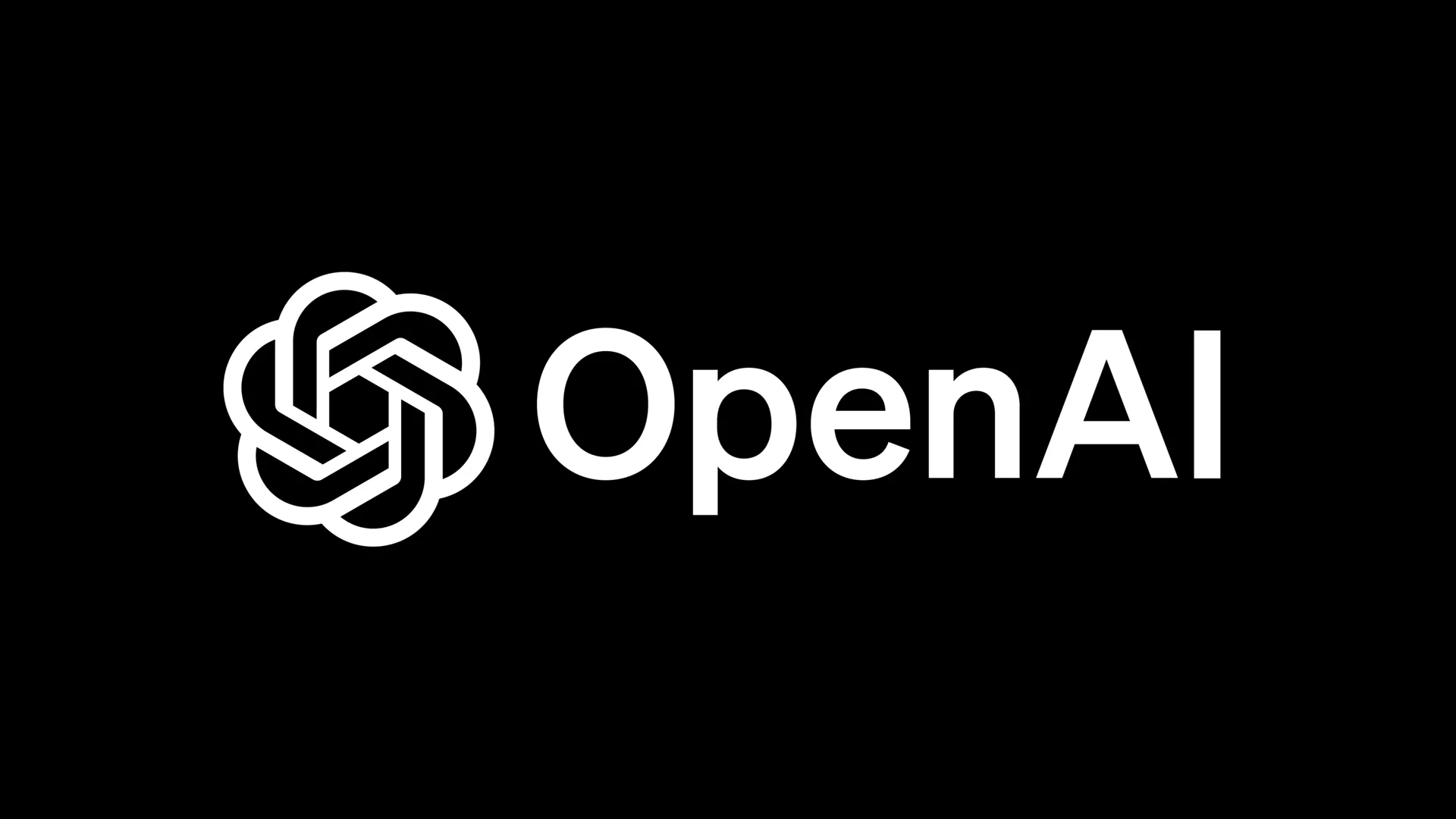Australia’s forthcoming ban on social media accounts for users under 16 has prompted intense criticism from YouTube, which argues that the new law will undermine existing child safety measures.
The report notes that from 10 December, young users will be logged out of their accounts and barred from posting or uploading content, though they will still be able to watch videos without signing in.
YouTube said the policy will remove key parental-control tools, such as content filters, channel blocking and well-being reminders, which only function for logged-in accounts.
Rachel Lord, Google and YouTube public-policy lead for Australia, described the measure as ‘rushed regulation’ and warned the changes could make children ‘less safe’ by stripping away long-established protections.
Communications Minister Anika Wells rejected this criticism as ‘outright weird’, arguing that if YouTube believes its own platform is unsafe for young users, it must address that problem itself.
The debate comes as Australia’s eSafety Commissioner investigates other youth-focused apps such as Lemon8 and Yope, which have seen a surge in downloads ahead of the ban.
Regulators reversed YouTube’s earlier exemption in July after identifying it as the platform where 10- to 15-year-olds most frequently encountered harmful content.
Under the new Social Media Minimum Age Act, companies must deactivate underage accounts, prevent new sign-ups and halt any technical workarounds or face penalties of up to A$49.5m.
Officials say the measure responds to concerns about the impact of algorithms, notifications and constant connectivity on Gen Alpha. Wells said the law aims to reduce the ‘dopamine drip’ that keeps young users hooked to their feeds, calling it a necessary step to shield children from relentless online pressures.
YouTube has reportedly considered challenging its inclusion in the ban, but has not confirmed whether it will take legal action.
Would you like to learn more about AI, tech and digital diplomacy? If so, ask our Diplo chatbot!









